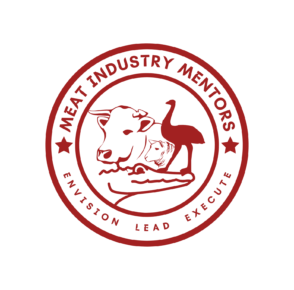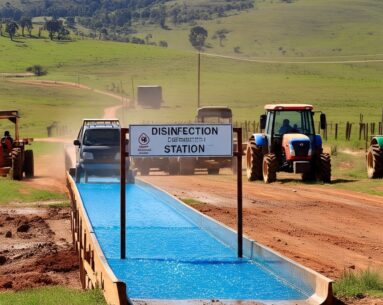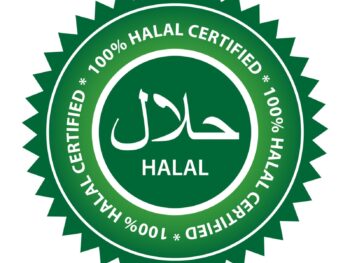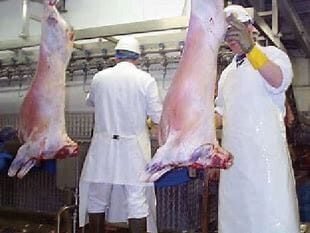Introduction:
Foot and mouth disease is a significant concern for cattle farmers in South Africa. This highly contagious viral disease can have devastating effects on livestock and the agricultural industry as a whole. However, with proper knowledge and preventive measures, farmers can protect their herds and mitigate the risk of outbreaks. In this blog post, we will discuss how to handle foot and mouth diseases, how to prevent them, and the importance of vaccination programs in maintaining herd health
Prevention:
Preventing foot and mouth disease starts with implementing strict biosecurity measures on the farm. This includes controlling access to the premises, practicing good hygiene, and monitoring the health of the animals regularly. Additionally, it is crucial to vaccinate the cattle against foot and mouth disease to provide them with immunity and reduce the risk of infection.
Preventing foot and mouth disease on a farm goes beyond vaccination. It involves implementing strict biosecurity measures to reduce the risk of introducing the virus to the premises. Here are some proactive strategies that farmers can employ to safeguard their cattle and prevent the spread of foot and mouth disease:
- When purchasing cattle:
When acquiring new cattle for your farm, it is crucial to be vigilant and take preventive measures to minimize the risk of introducing foot and mouth disease. Here are some actions to consider:
- Request documentation: Ensure that the seller provides comprehensive documentation regarding the health status of the animals. This should include vaccination records, health certificates, and any history of disease outbreaks on the source farm.
- Quarantine new arrivals: Implement a quarantine period for incoming cattle to monitor their health status closely. This isolation period helps to prevent the potential spread of diseases to the existing livestock on the farm.
- Farm hygiene practices for visitors and vehicles:
Maintaining strict biosecurity protocols for visitors, delivery personnel, and vehicles can help prevent the introduction and spread of foot and mouth disease. Consider the following measures:
- Vehicle disinfection: Install a disinfectant trough at the farm entrance where all vehicles must drive through before entering the premises. This practice helps to decontaminate vehicle tires and undercarriages, reducing the risk of carrying infectious agents onto the farm.
- Visitor hygiene: Enforce strict hygiene practices for all individuals entering the farm, especially those involved in the delivery of feed or other services. Provide designated areas for hand-washing and ensure that visitors wear clean clothing and footwear to prevent the transmission of pathogens.
- Personnel hygiene and protective clothing:
Farm workers play a vital role in maintaining the health and well-being of the animals. To reduce the risk of introducing diseases like foot and mouth, it is essential for personnel to adhere to strict hygiene guidelines:
- Proper clothing: Provide workers with dedicated workwear that should be worn only within the farm premises. This clothing should be washed and disinfected regularly to prevent cross-contamination.
- Hygiene practices: Emphasize the importance of personal hygiene among farm workers. Encourage regular hand-washing with soap and water, especially after handling animals or coming into contact with potentially contaminated surfaces.
By implementing these proactive measures and promoting a culture of biosecurity on the farm, cattle producers can significantly reduce the risk of foot and mouth disease outbreaks and safeguard the health of their livestock.
Vaccination:
In the battle against foot and mouth disease, vaccination plays a crucial role in preventing the spread of this highly contagious virus among cattle. One of the most effective and commonly used vaccines for foot and mouth disease is the Lumpy Skin Disease (LSD) vaccine. This vaccine has been proven to be highly effective in protecting cattle against the various serotypes of foot and mouth disease that are prevalent in South Africa.
The LSD vaccine should ideally be administered to cattle by a trained veterinarian according to the recommended schedule. Farmers should ensure that all cattle in their herd are vaccinated in a timely manner to establish a strong and consistent immunity against foot and mouth disease.
Regular booster doses of the LSD vaccine are necessary to maintain the immunity levels in the cattle herd. It is crucial for farmers to keep detailed records of vaccination dates and ensure that all cattle are up to date with their vaccinations.
In addition to vaccination, farmers should also implement good biosecurity practices on their farms to minimize the risk of introducing foot and mouth disease. This includes controlling movements onto and off the farm, monitoring and maintaining strict hygiene practices, and isolating any new animals before introducing them to the herd. By following these vaccination and biosecurity recommendations, cattle farmers in South Africa can effectively protect their herds against foot and mouth disease and contribute to the overall health and well-being of their animals.
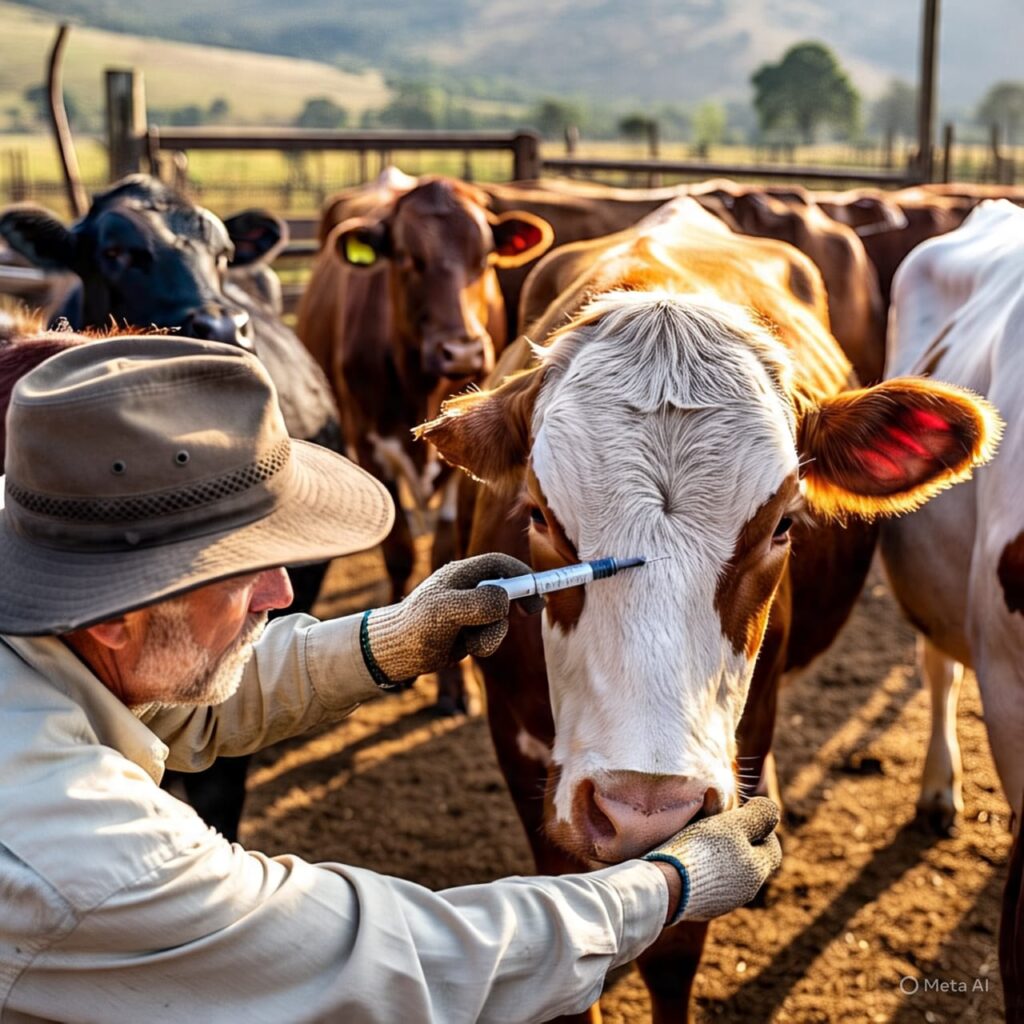
Authority to Contact:
In the unfortunate event that foot and mouth disease is suspected or identified in the herd, it is crucial to contact the relevant authorities immediately. In South Africa, the Department of Agriculture, Land Reform, and Rural Development is the primary authority responsible for managing and controlling outbreaks of infectious diseases in livestock. Farmers should report any signs of foot and mouth disease promptly to the department to prevent the spread of the virus to other farm
Conclusion:
Foot and mouth disease poses a significant threat to cattle farmers in South Africa, but with proper preventive measures and vaccination programs, it is possible to protect herds from the disease. By working closely with veterinarians, implementing biosecurity measures, and staying vigilant for signs of infection, farmers can safeguard their livestock and ensure the health and well-being of their animals. Remember, early detection and quick action are key in controlling the spread of foot and mouth disease
